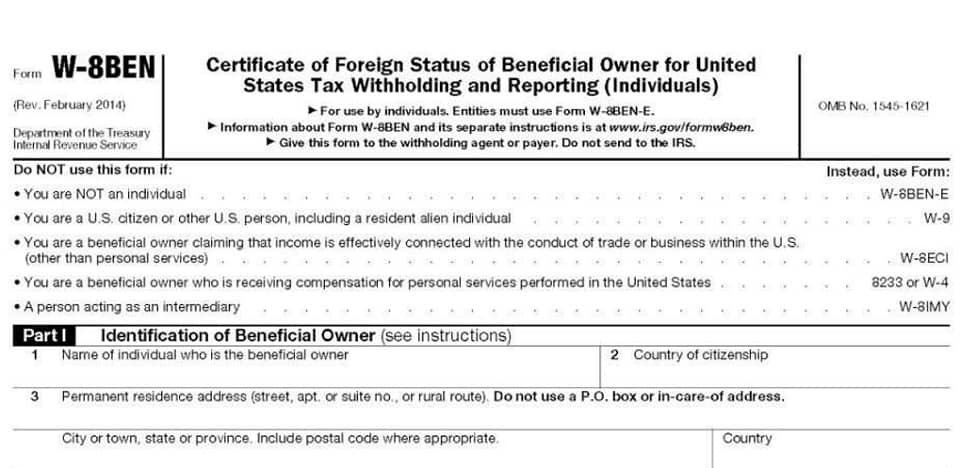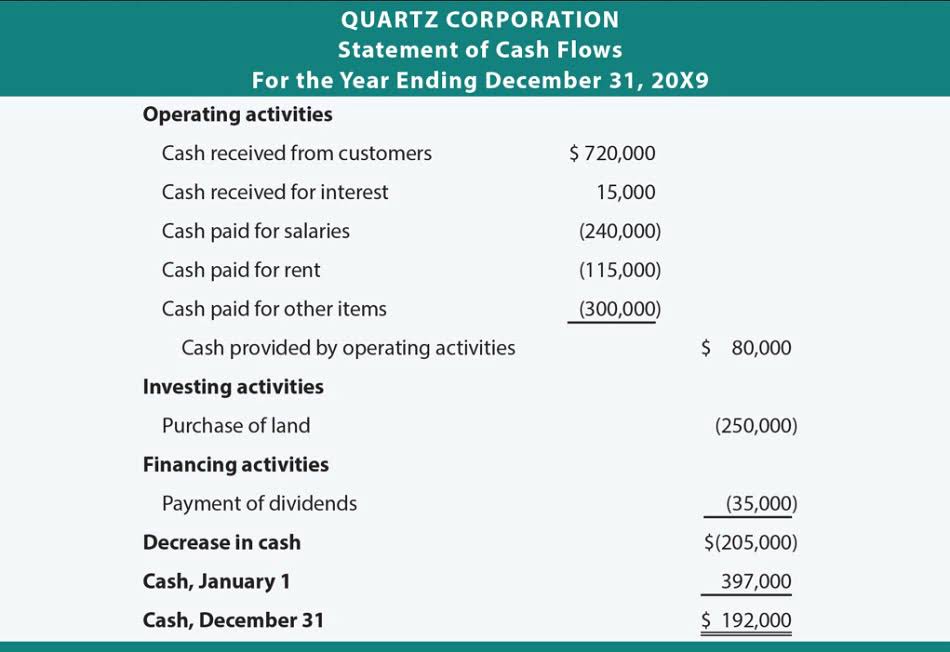
In contrast, in the case of Operating Lease https://www.bookstime.com/ ownership of the asset under consideration is retained by the lessor. Capital leases are recorded on the balance sheet by recognizing the leased asset as a fixed asset and the lease obligation as the corresponding liability. This treatment reflects the lessee’s acquisition of the asset and the assumption of debt. Operating lease payments are classified as operating cash outflows, aligning with other business expenses.
- When the lessee owns the resulting leasehold improvements, the lessee generally recognizes income and has a depreciable interest in the improvements.
- Operating lease accounting is a one-off recording in the balance sheets.
- Making the right decision between capital and operating leases is essential for businesses to manage finances effectively.
- If the asset is non-essential or subject to rapid technological changes, an operating lease may be more appropriate.
- This characteristic underscores the long-term commitment and investment-like nature of capital leases.
Operating Lease vs. Capital Lease in Business Accounting
There are many factors to consider, such as the type of asset, the duration of the lease, the tax implications, the accounting treatment, the impact on your financial statements, and the flexibility of the lease terms. Depending on your business goals and preferences, you may opt for either a capital lease or an operating lease. In this section, we will capital vs operating lease summarize the main differences between these two types of leases and provide some tips on how to choose the best option for your situation.

Discount Rate Implicit in the Lease under ASC 842
Ultimately, the best choice will depend on a thorough understanding of both lease implications and the company’s long-term objectives. Operating leases represent a financing arrangement where the lessee gains the right to use an asset for a specified period without assuming the risks and rewards of ownership. This lease classification is distinct from capital leases, primarily because the lessee does not gain equity in the asset.
- Capital leases differ from operating leases in that they are treated like asset purchases, affecting interest, depreciation, and tax deductions.
- Both of them are widely used in business in order to acquire assets.
- An operating lease is an agreement to use and operate an asset without the transfer of ownership.
- Many companies used to prefer to classify their leases as operating leases precisely because they were only recorded on their income statement— they used to have no impact on a company’s balance sheet.
- Operating leases generally involve shorter lease terms compared to capital leases, which further solidifies their classification as operating.
Can Businesses Switch Between Capital and Operating Leases?

It’s important to determine your organization’s internal policy for each threshold of the classification criteria, document it, and follow it consistently. The asset and liability are recorded at the present value of $100,000. Operating leases provide greater flexibility since the lessee is not locked into long-term ownership but has the right to use the asset as needed.

Big Changes in Accounting for Operating Leases

The US’ generally accepted accounting principles (GAAP) recognize the first 4 principles, but not the 5th. Aaron helps clients implement business best practices in Minneapolis, Blaine, Anoka County, Hennepin County, Ramsey County, Washington County, and other parts of Minnesota. Some key differences of the two topics have been highlighted below for better understanding.

Can a Lease Be Reclassified During Its Term?
In an operating lease, the lessor (or owner) transfers only the right to use the property to the lessee. At the end of the lease period, the lessee returns the property to the lessor. Since the lessee does not assume the risk of ownership, the lease expense is treated as an operating expense in the income statement and the lease does not affect the balance sheet. In a capital lease, the lessee assumes some of the risks of ownership and enjoys some of the benefits. Consequently, the lease, when signed, is recognized both as an asset and as a liability (for the lease payments) on the balance sheet.
- A capital lease may involve a transfer of ownership to the lessee by the end of the lease term or offer a bargain purchase option.
- While both operating and capital leases serve the purpose of asset utilization without outright purchase, they differ fundamentally in their financial implications and accounting treatments.
- Capital leases, now called finance leases under GAAP and ASC 842, function more like long-term purchases.
- The firm gets to claim depreciation each year on the asset and also deducts the interest expense component of the lease payment each year.
- The criteria for classifying leases are not just a set of rules to follow; they embody the principle that the substance of a transaction should prevail over its form.
- Operating leases are treated as rental transactions, while capital leases are considered purchases of assets with corresponding liabilities.
The implications of the lease term play a significant role in this treatment. Operating leases generally involve shorter lease terms compared to capital leases, which further solidifies their classification as operating. The benefits Accounting Errors of this approach include improved financial ratios, as liabilities remain off the balance sheet, potentially enhancing a company’s leverage position. Consequently, businesses may find operating leases advantageous for managing cash flow and maintaining a favorable financial appearance, while still fulfilling their operational needs. They are, however, different from operating leases and accounting for leases remains different for finance and operating leases. Capital leases are recorded as both an asset and a liability on the lessee’s balance sheet.
0 comentarios